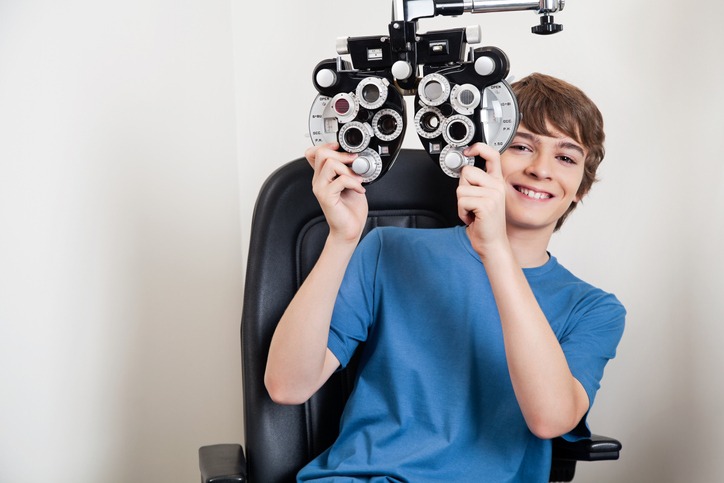Last year, the CDC estimated that 25.3 percent of teenagers have at least one vision impairment. Common eye conditions among teenagers include astigmatism, strabismus, amblyopia, and dry eyes.
But some parents and their teenage kids don’t know about these common eye conditions. They hardly understand that they can be treated or prevented. So, they must understand what they are and how you can prevent them.
That’s the only way to keep your teenager from developing an eye condition. It could affect their vision for the rest of their lives.
So, this article looks at common eye conditions among teenagers. It explores how they can be prevented and treated. We’ll discuss how parents can protect their teens from developing these vision-impairing conditions.
How Teenagers Can Protect Their Eyes from Damage
To protect your teen’s eyes from damage, it’s essential to take a few simple steps.
Wear sunglasses
Sunglasses are the easiest way to protect your eyes from the sun’s damaging rays. You can get glasses same day if you need them as a matter of urgency. Even if your teen doesn’t wear glasses for all-day use, it’s good to get them a pair of sunglasses. They can wear them when they’re outside during the day.
And suppose you live in an area with many sunny days throughout the year. Then ensure your teen has a pair of sunglasses with UV protection. They come in various styles, so you can find comfortable ones for your teen.
Eat well
A healthy diet is vital for a teen’s health and can help reduce the risk of eye problems. Eating lots of fruits and vegetables will protect your teen from various causes of vision loss.
It would help if you encouraged your child to eat foods rich in omega-3 fatty acids, such as salmon and tuna.
Quit smoking
Smoking is a significant cause of vision issues. And it’s essential to encourage your teen not to smoke. Suppose you have teenagers who smoke. Then talk to them about the risks of smoking. Explain why they shouldn’t smoke, as it could cause their eyesight problems later.
Look away from the computer screen.
It’s the digital age. So, it’s no surprise that many teens spend much time staring at the computer screen. Unfortunately, this can cause eyestrain and dry eyes. Encourage your teen to look away from the screen now and then.
Visit the eye doctor regularly.
You should have regular eye exams no matter how good your vision is. This is especially true if you’re a teenager since your vision may still develop. Suppose your eyesight changes or you notice any other symptoms of eye problems. This can include redness or pain when reading or using computers. In this case, talk to your doctor immediately.
Causes of Eye Problems
These are the causes/types of eye problems that can affect teens:
Eyestrain
Eyestrain is a common problem for teens, especially those who read much or use computers. Inadequate lighting, poor posture, or other factors that affect your eyes may cause it.
Red Eyes
A red eye is an inflamed area of the white part of your eye. It may look like a pinpoint red dot or a swollen area. This can happen when you rub your eyes too hard or when they’re irritated by something such as dirt, dust, or wind.
Night Blindness
Night blindness is a condition that makes it difficult to see in dim light. It can happen after an eye injury or from certain diseases. This includes diabetes, vitamin A deficiency, and macular degeneration. If you have this problem, you may need to wear glasses with a special coating for night driving.
Lazy Eye
A lazy eye is a condition that makes it difficult to focus on an object. It can happen when one eye does not work as well as the other or when both eyes do not work together correctly. Your eye doctor may treat this problem by giving you special glasses that make it easier to see objects.
Cross Eyes (Strabismus)
In teenagers with cross eyes (strabismus), the eyes are not straight and do not point in the same direction. The condition usually develops after age two. It can cause double vision when you look at objects close up. Your eye doctor may prescribe glasses for this problem or surgery to correct it.
Colorblindness
Colorblindness is a condition that makes it difficult to differentiate between specific colors. It can be present from birth or develop later in life. The most common form of colorblindness is red-green colorblindness. This affects about 8 percent of boys and 0.5 percent of girls.
Conclusion
Eye problems among teenagers can be severe. They cause permanent vision loss if they are not treated. It’s essential to get your eyes examined by an eye doctor at least once a year. This is especially vital if you wear glasses or contacts.

